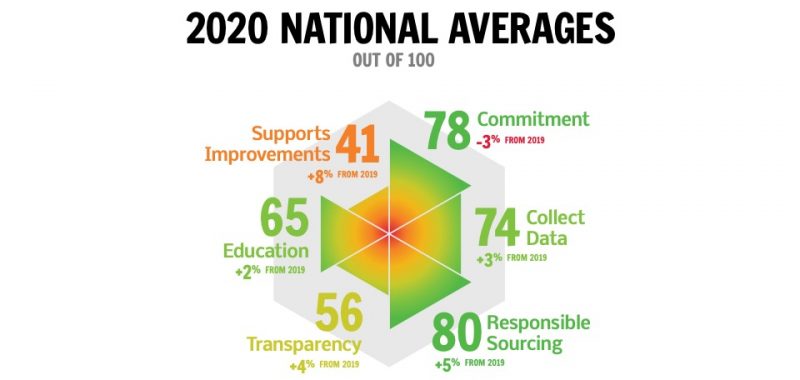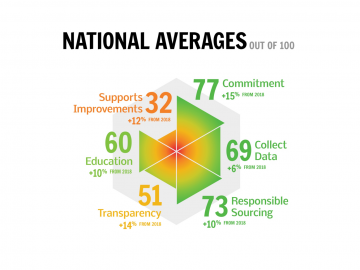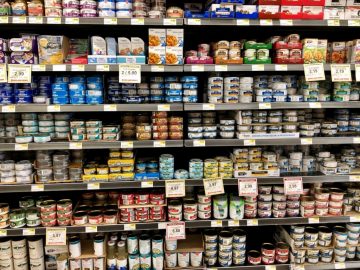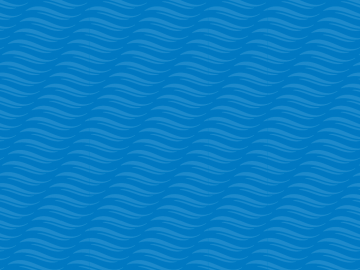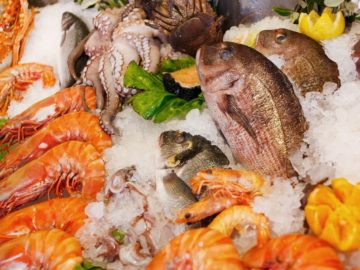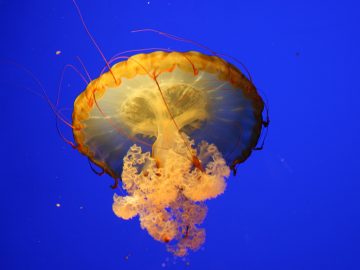When a company makes a commitment, customers expect them to follow through
This year’s global pandemic has highlighted the importance that grocery stores play in our lives. As we start to look towards recovery, focusing on sustainable and responsible business practices is essential to protect vulnerable people, ecosystems, and consumer trust. But when it comes to seafood sustainability, Seafood Progress shows that most Canadian retailers have made limited progress in the past year.
This is the third year that SeaChoice has worked with Canada’s eight largest retailers to assess their sustainable seafood commitments and their actions against those commitments. From July 2019 to now, we have no evidence of any improvements by Costco Canada or Save-On-Foods.
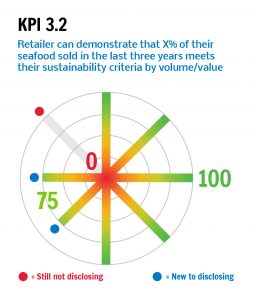
However, there are some bright spots – two more retailers are now being transparent about the progress they are making against their sustainable seafood commitment. In the past year, both Sobeys and Walmart Canada announced how much of their fresh and frozen seafood sold in the past year met their commitment (see Figure 1). This is a big step forward because a retailer’s impact on sustainable seafood production is only as good as its actual practices. As the saying goes, actions speak louder than words. Now all of Canada’s major retailers, except Costco, are actively participating in Seafood Progress and disclosing performance against their commitment.
Other notable improvements include Federated Cooperatives Limited’s (“Co-op”) decision to start labelling all of its fresh and frozen seafood products with scientific name, geographic origin, method of production and whether it’s farmed or wild – information that is essential for consumers who want to know what they’re eating and where it came from. METRO, which already has the traceability and labelling in place to support that level of detail for its fresh, frozen and shelf stable products (like canned tuna, tins of anchovies or jars of clams), recently expanded its traceability requirements to all of its sushi suppliers.
For the first time this year, SeaChoice examined how much of a retailer’s seafood is covered by its sustainable seafood commitment. For some retailers, it’s much less than you might think.
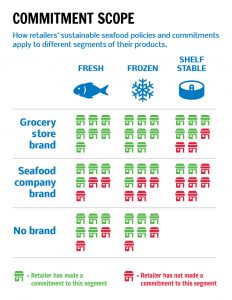
We found that most retailers’ commitments focus on fresh and frozen products from their own grocery store brands, leaving out large volumes of shelf stable seafood and products from well-known seafood company brands such as Birds Eye, High Liner or Clover Leaf. So, if you’re one of the many people who stocked up on canned tuna during the past few months, there’s a good chance this wasn’t sourced in line with the retailers’ seafood commitment since only two out of eight retailers’ commitments include all shelf stable seafood products.
SeaChoice is encouraging retailers to increase the scope of their commitments so that all of the seafood products they sell, in all of their stores, are being sourced responsibly – not just those that are easiest or most convenient. Because seafood harvested by way of unsustainable fishing practices and potential human rights abuses has no place in Canadian grocery stores.
You can help make that happen by visiting SeafoodProgress.org to see what your retailer is doing to support sustainable seafood. Tweeting your retailer or speaking with a store associate or customer service representative is another good way to show that you care about what they’re doing – or not doing.
